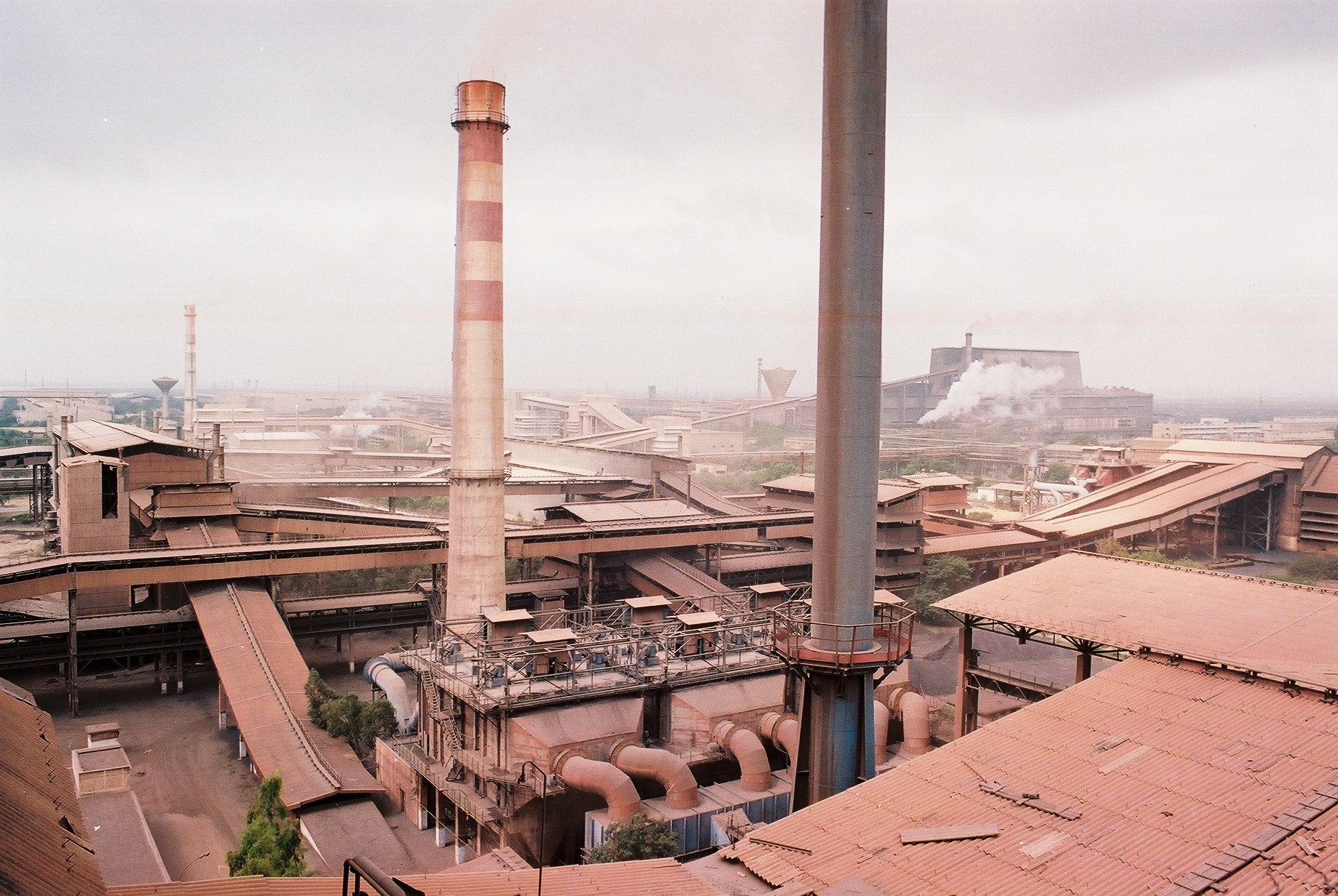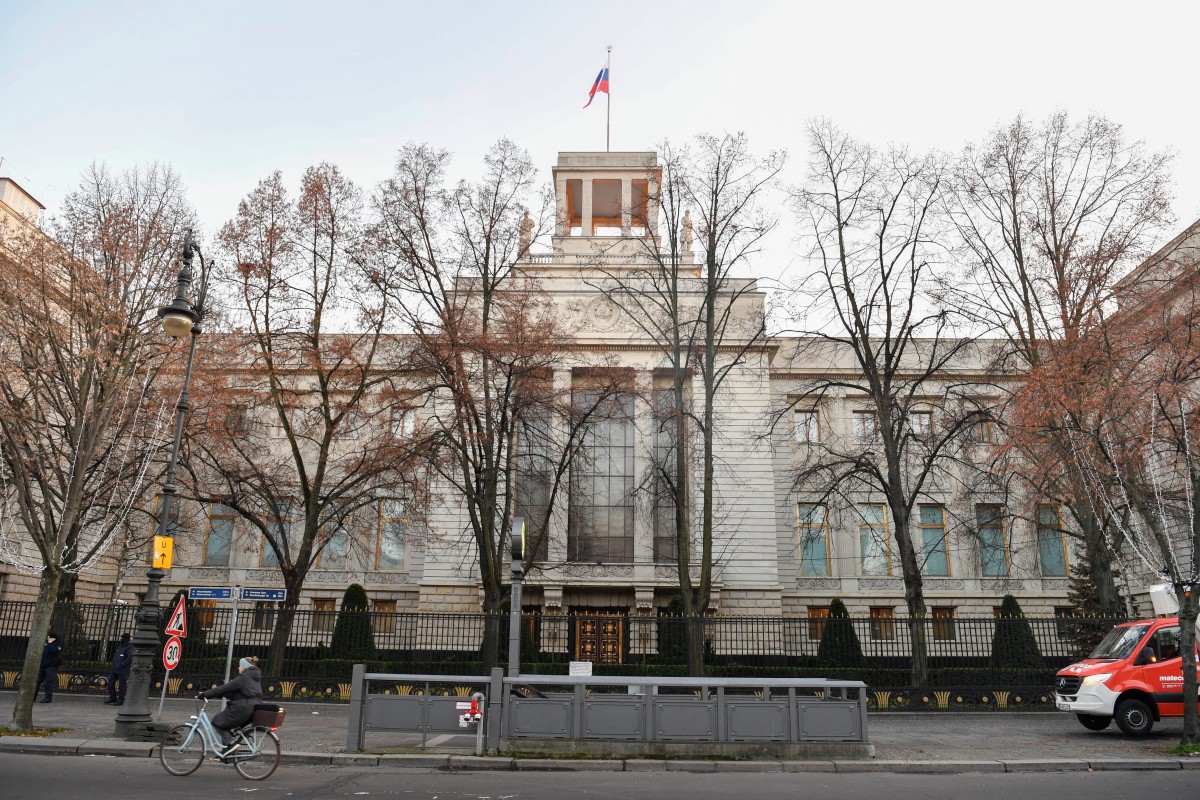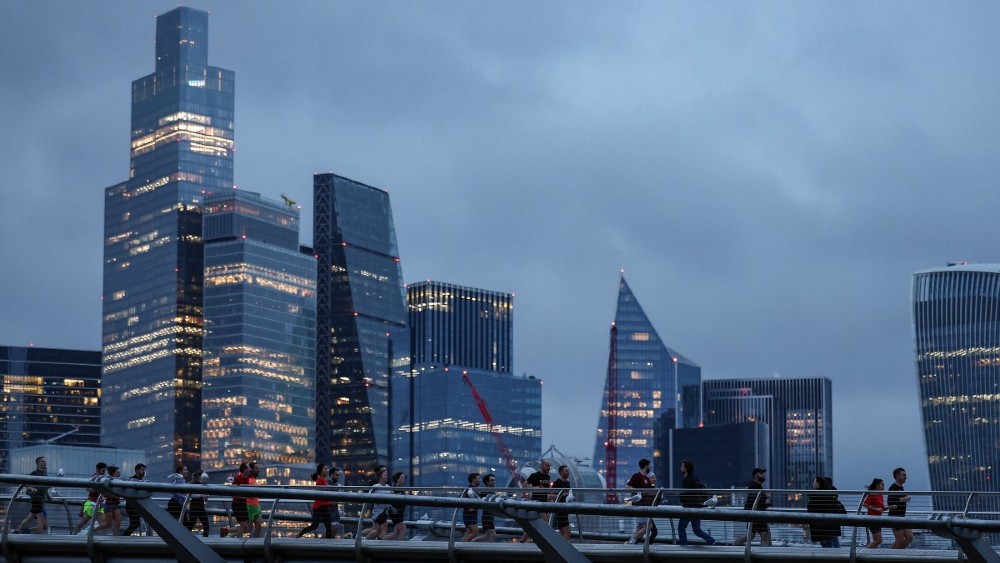
Sintering Ariel view (Paksteel.com)
ISLAMABAD: Pakistan set to revive its dormant steel industry through a new initiative aimed at reducing steel imports, creating jobs, and promoting sustainable industrial growth, according to a statement released Tuesday by the Press Information Department (PID), a move projected to save up to $13 billion over the next decade.
Maritime Affairs Minister Muhammad Junaid Anwar Chaudhry unveiled the plan to establish a “Sea to Steel Green Maritime Industrial Corridor” at Port Qasim, which will link ship recycling, steel manufacturing, and green industrial practices into a single, sustainable ecosystem.
“This is not just about steel production,” Chaudhry said. “It’s about creating a robust, self-sustaining maritime-industrial ecosystem that supports Pakistan’s long-term growth and prosperity.”
Speaking at a high-level meeting with the Special Assistant to the Prime Minister on Industries and Production, Chaudhry outlined how the corridor will be developed in partnership with the Ministry of Industries and Production.
The project, he said, is designed to modernize Pakistan’s steel production while leveraging maritime resources for a greener and more self-reliant industrial future.
Cutting steel imports by 20%
Pakistan currently imports about $6 billion worth of steel each year, and demand is expected to rise by roughly 6% annually through 2035, according to the World Bank.
The proposed Sea to Steel Green Corridor could reduce steel imports by as much as 20%, saving the country more than $13 billion over ten years.
“By harnessing our maritime potential and reviving dormant assets, we can reduce our dependence on costly imports,” Chaudhry said. “This project will conserve foreign exchange and strengthen domestic industry.”
The initiative is also expected to improve Pakistan’s capacity to produce high-quality steel locally, helping to shrink the trade deficit and support industrial recovery.
Reviving Port Qasim’s idle berth
A central part of the plan is the revival of the Iron Ore and Coal Berth (IOCB) at Port Qasim, which has been inactive since 2015. The government aims to convert the underused facility into a modern ship recycling and repair complex, complete with a floating dock capable of handling Aframax-class vessels.
Chaudhry said that steel recovered from dismantled ships would be supplied either to Pakistan Steel Mills or reprocessed at a new facility near Port Qasim to produce high-grade industrial steel.
“Reviving the IOCB will breathe new life into our maritime infrastructure while supporting sustainable steel production,” he said.
Boosting maritime infrastructure
The project is also designed to reduce the Pakistan National Shipping Corporation’s (PNSC) dependence on foreign shipyards for vessel maintenance. Chaudhry said developing local repair capacity will lower costs and strengthen Pakistan’s maritime infrastructure.
The Special Assistant to the Prime Minister on Industries and Production welcomed the initiative, calling it a transformative step for Pakistan’s economy.
“The project has the potential to transform Pakistan’s industrial and maritime landscape,” the special assistant said. “Our combined efforts will drive sustainable development and create jobs for thousands of Pakistanis.”
The technical advisor at the maritime affairs ministry described the plan as a key component of Pakistan’s Blue Economy vision.
“The Sea to Steel Green Corridor represents an integrated model of sustainable ship recycling, green steel production, and maritime industrialization,” the advisor said. “It will attract investment, generate employment, and encourage technology transfer.”
Once fully operational, the corridor is expected to revitalize idle assets and create thousands of skilled and semi-skilled jobs, particularly in the Port Qasim region.
The meeting concluded with an agreement to begin developing the project’s technical and financial frameworks, in coordination with national agencies and international partners.
A formal presentation to key stakeholders is expected in the coming weeks, according to the PID statement.
Latest News
Germany blames Russia for cyberattack on air safety, election interference
AN HOUR AGO

UK economy unexpectedly shrinks in October
2 HOURS AGO

Pakistan PM calls on world to press Kabul to curb terrorism from Afghan soil
4 HOURS AGO
.jpg)
Thai PM dissolves parliament, paving way for national elections
6 HOURS AGO

Opposition mocks Indian minister’s remarks on global pollution rankings
7 HOURS AGO

